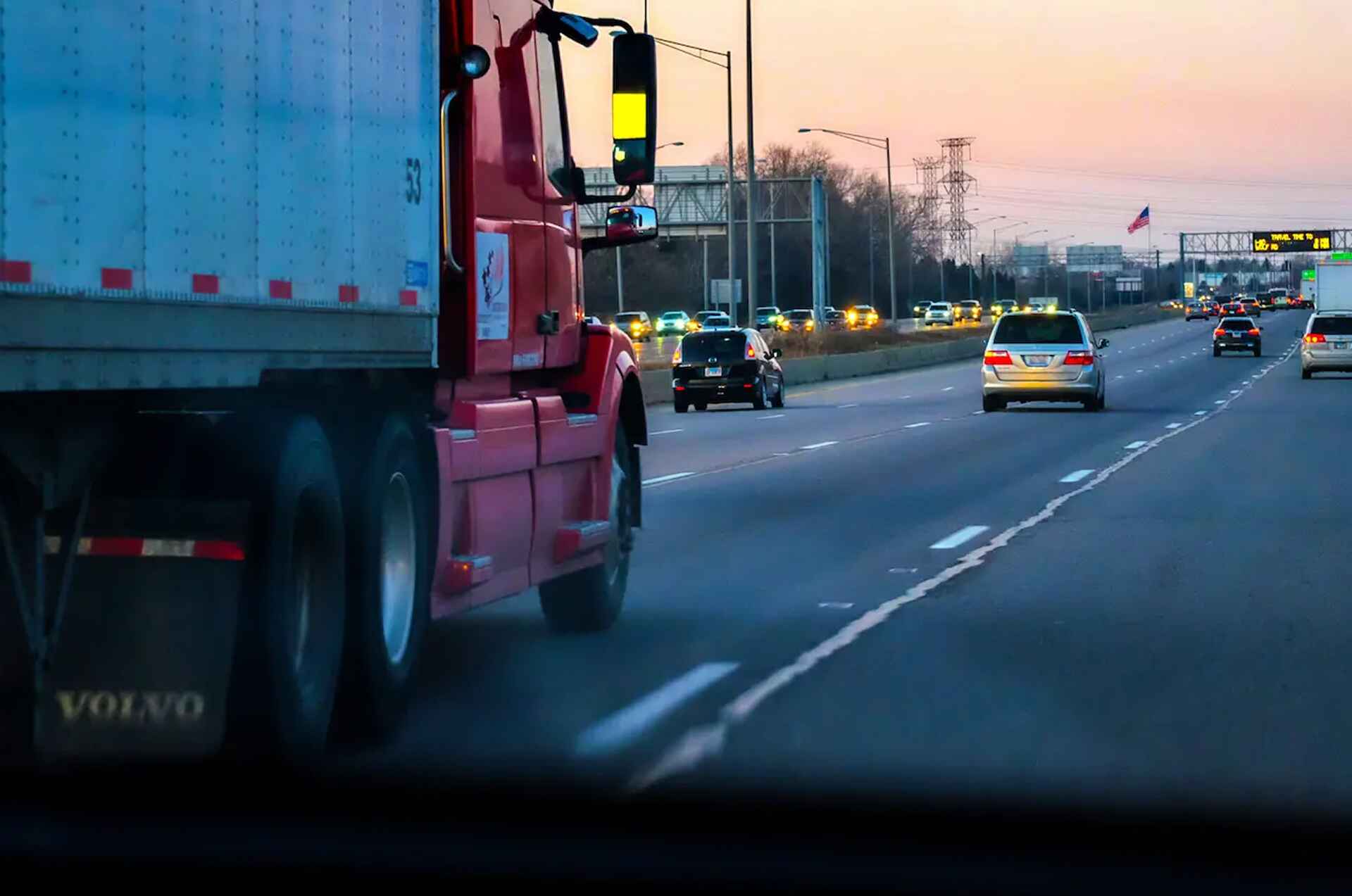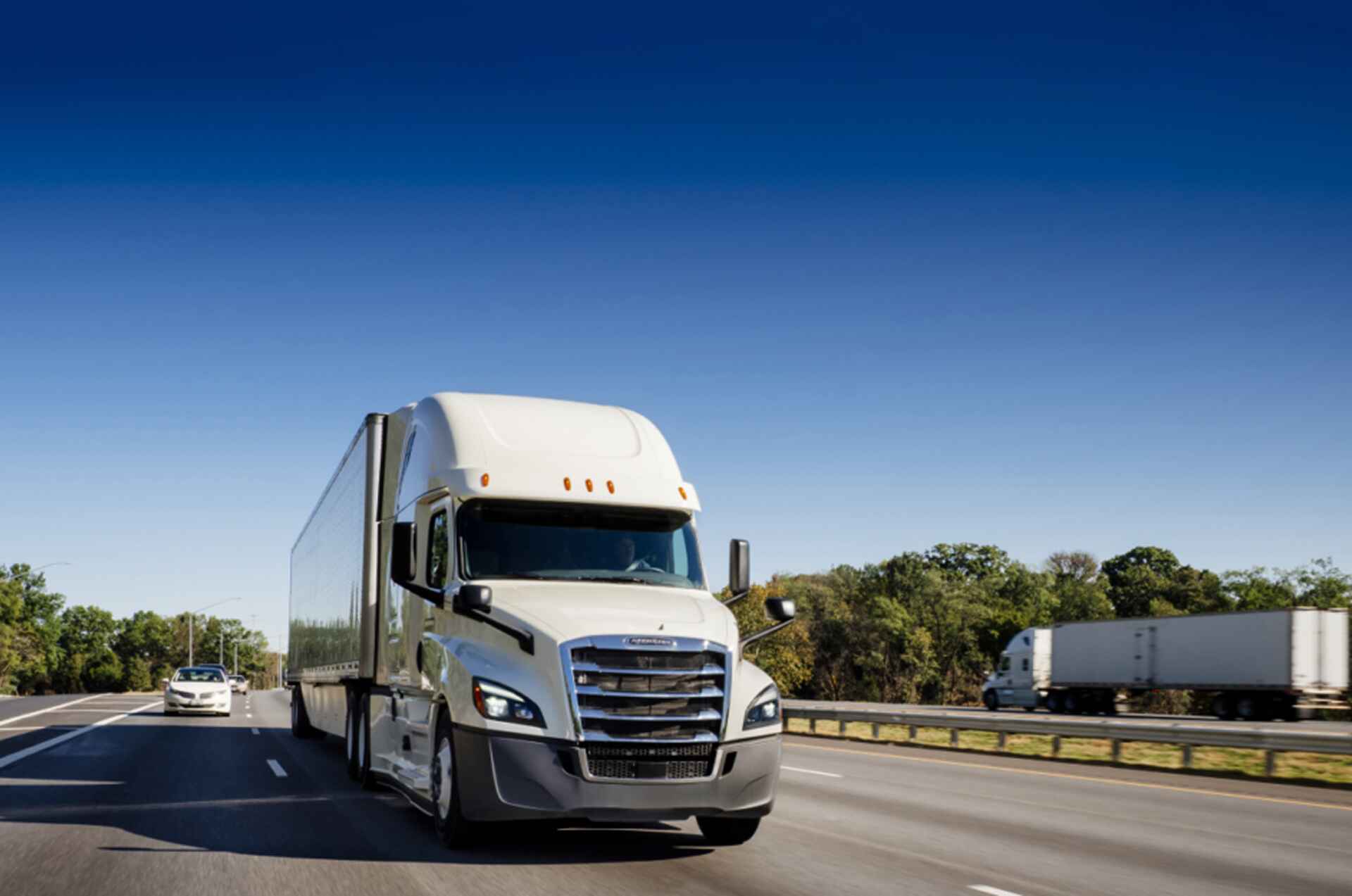Advanced tech can prevent retail distribution chains from losing drivers, and wasting fuel and money
Supply chains desperately need to move with the times. Many retailers still operate a mostly-static supply chain structure that was optimized pre-covid. Over the past three years, these networks have unraveled due to unpredictable changes in the availability of containers, trucks and drivers, spiking prices.
To overcome these disruptions, retailers urgently need a scalable, dynamic, and real-time dispatch planning capability. This technology could help the industry dramatically improve efficiency and productivity, while mitigating the impact of high gas prices and high driver turnover.
Many companies are trying to improve retention by boosting drivers’ pay. But that won’t get to the root of the problem. Kearney studies have indicated that drivers’ dissatisfaction stems from multiple issues. One of these is the variability in pay week-to-week (as drivers are paid on a per mile basis), exacerbated by delays and detention at stops. Some companies are addressing this proactively by asking their fleet managers and dispatchers to use more driver-friendly practices, but the daily scramble and chaos of managing a network that continuously unravels can undermine such measures.
In the U.S., driver turnover is running at 75% per annum, and it can cost between $5,000 and $10,000 to hire a new driver.
In the U.S., driver turnover is running at 75% per annum, and it can cost between $5,000 and $10,000 to hire a new driver. Journeys by empty trucks waste approximately $57 billion and needlessly emit 65 million tons of CO2 each year. Even more money – $120 billion per annum – is wasted as a result of dwell time – the time drivers spend waiting to pick up or drop off loads.
Drilling down into the delays
Behind these alarming headline figures, individual businesses are finding it hard to meet their customers’ needs. One large U.S. automaker, for example, has struggled to manage the logistics costs of shipping vehicles from distribution centers to dealerships, while also being unable to meet target service levels at dealerships. This automaker uses a mixed fleet of captive and third-party distribution companies. Behind the obvious and symptomatic issues in the network, such as lack of timely capacity and poor utilization of trucks, the automaker has been grappling with deeper and broader challenges.
Tellingly, the automaker wasn’t clear on what the costs of a (near) optimal distribution network can be. If the business knew what “good” looks like, it would have been able to see how much value leakage there was due to poor operations, planning and leveraging of data. Ideally, this kind of business would have daily, dynamic schedules that maximize utilization of haul-aways, minimize miles and stops, and ensure timely delivery of vehicles to dealerships. That would enable it to manage day-to-day operations more tightly and reduce value leakage.
$120 billion per annum – is wasted as a result of dwell time
This holy grail of transportation is becoming increasingly obtainable thanks to some smart technology solutions that provide the necessary agility. With the help of artificial intelligence, which processes real world data to learn over time, distribution networks can benefit from better planning, visibility, coordination, and execution.
There is still no silver bullet, but businesses can use advanced software to give drivers better revenue miles, lower empty miles, minimize dwell time, and then help guarantee a level of productivity that ensures drivers are well compensated. Co-mingling dedicated fleets and conducting multi-distribution center network optimizations could also help deliver better utilization of trucks and drivers, and a lower cost structure. However, these are mathematically-challenging network optimization problems to solve, and require specialized expertise.
How to move on from manual planning and painful mathematics
Of course, many companies have already tried to tackle the supply chain disruptions by making significant investments in technology. Systems have been deployed to improve various aspects of the supply chain — better forecasting, improved user experience, greater visibility, improved warehouse locations, improved delivery systems.
However, the rapid evolution of networks driven by the recent supply and deliver shocks have put a lot of retailers under significant cost pressure, jeopardizing further investments in technology and innovation. In many cases, the business case remains unclear – companies are unsure whether their investments to date in have been accretive or dilutive. POSSIBLE REPLACEMENT ‘…companies aren’t sure whether their investments to date are paying off, or going to waste.’
Among Hoptek’s customers there is no such uncertainty. On average, users of our AI-based fleet optimization platform report a 20% plus increase in productive miles per truck, a fivefold Increase in operating staff productivity and threefold margin uplift per truck. Further, the solution has cut driver turnover by 75% across our client base.
Our platform can analyze your fleet to see where your trucks are under-used or over-stretched, then plan ways to fix it. Through one platform, you can search thousands of live load options in milliseconds, and grab ad-hoc freight opportunities as they come up.
The days of manual and ad-hoc planning should be long gone. Now fleet managers can consult a chess game-style engine that suggests an optimal assignment for each driver. As well as enabling their planners to see several moves ahead, such an engine can help retailers find a way out through the maze of obstacles in their path.
To discover more about the Hoptek platform and how it can support you with the optimization of your fleet, visit www.hoptek.ai or contact the author below.



